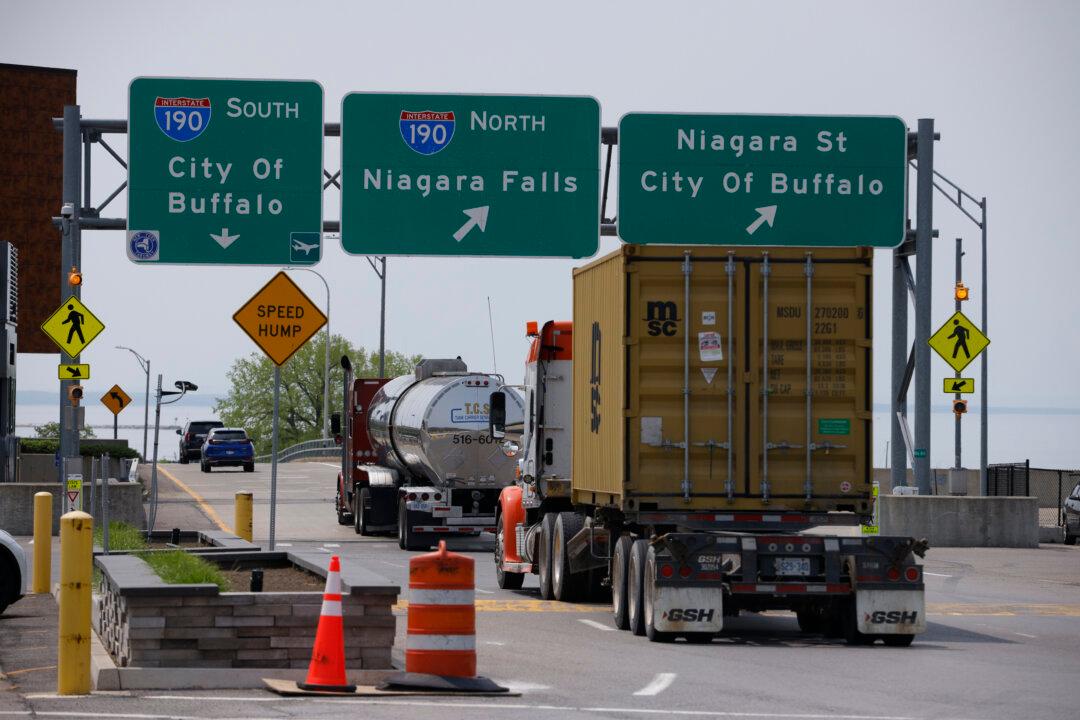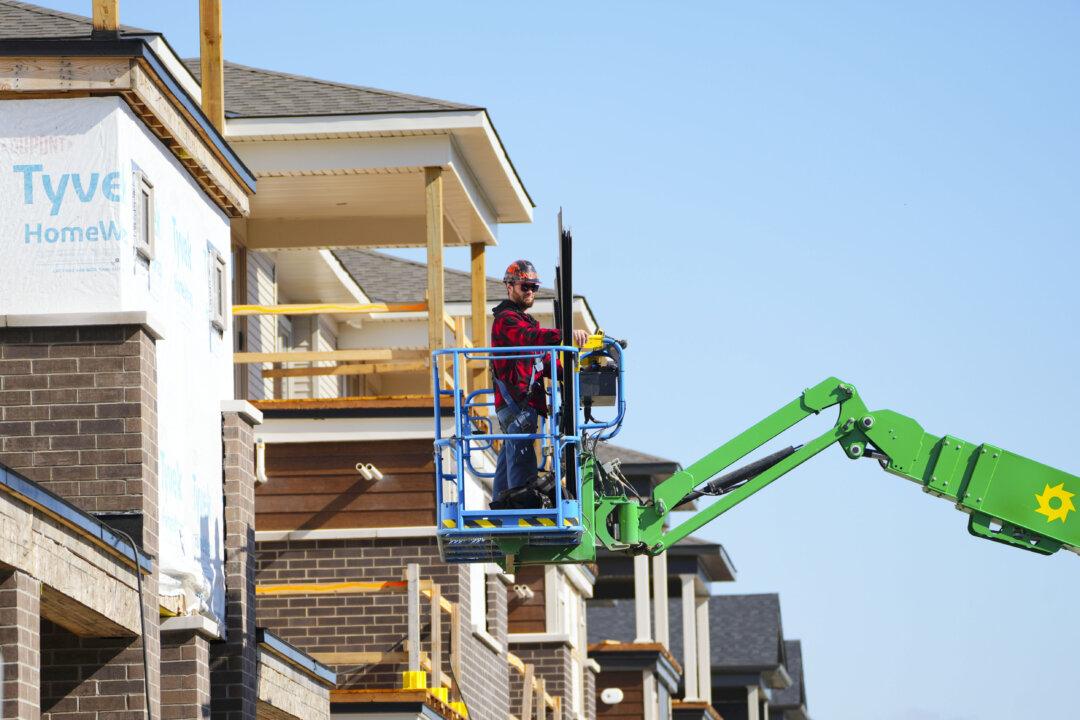One of the most basic skills that parents hope their children acquire is the ability to provide for themselves and look after themselves once they reach adulthood. Yet these days, public school doesn’t always prepare kids for this kind of success.
This is why a recent announcement by the Ontario government that high school students will be tested on financial literacy is so important. If they don’t pass, they won’t get their diploma. It’s a requirement for graduation.
The new financial literacy lessons will focus on, according to a government press release, the ability “to create and manage a household budget, save for a home or asset and protect themselves from financial fraud.”
The learning will take place in the compulsory grade 10 mathematics course and the first test will be conducted that year. The grade requirement to pass will be 70 percent, but students who aren’t successful the first time around will still be able to work towards it and take the test again.
That could prove to be a mountain to climb for many students. This is because Canadian math scores have been declining in recent years.
Last year, the Program for International Student Assessment (PISA is a project of the OECD), revealed the statistics behind our worsening math skills.
The PISA release found that math scores for 15-year-olds in dozens of countries across the world declined on average by 10 percent between 2018 and 2022. However, Canada was worse than average, with our youth falling by 15 percent in their math competency.
The intervening years in this study were, of course, the pandemic years that saw significant lockdowns and school closures in Canada. We had some of the longest school closures in this part of the world, especially in Ontario. The learning loss damage is undeniable.
But if it’s a mountain to climb, it’s a worthwhile one. Everyone knows that education standards have been slipping in Ontario. It’s actually surprising it’s taken this long for the government to act.
“Too many parents, employers and students themselves tell me that students are graduating without sufficient financial literacy and basic life skills,” said Stephen Lecce, who was education minister when this policy was announced the other week. (He has since been shuffled to another cabinet position.)
That’s the key point: Parents, employers and students all know that we have a problem. It’s no secret. Everyone is talking about it. Surely then everyone can agree that action is needed.
What we know of the curriculum so far amounts to the imparting of basic life skills—like managing a budget and understanding the meaning of assets. It’s actually remarkable that these lessons weren’t already in the curriculum.
This is why the reintroduction of these financial literacy standards is consistent with previous education changes that the Ontario PC government led by Premier Doug Ford labelled “back-to-basics.”
Earlier this year, they announced changes to kindergarten that included more rigorous learning to start kids earlier on the path to reading, writing, and math skills. These are welcome revisions.
So far, the news of the financial literacy tests have been well-received. “We will need a future workforce that is financially savvy and resilient, capable of making informed decisions and contributing to a stronger economy,” said Giles Gherson, president and CEO of the Toronto Region Board of Trade, approving the changes.
In recent years, our education standards have slipped such that there seem to be zero consequences for students. Kids know there’s no chance of ever failing. They don’t even have to hand their work in on time.
They’re not even punished for misbehaviour. Teachers have been speaking out on how violence is increasing in schools, even in the elementary grades.
We need to bring back standards both for the sake of society and for the kids themselves, to put them on the path to success.
A compulsory financial literacy test is just one small step, but it’s the sort of step we need to help turn things around. Things didn’t decline all of a sudden—they happened because of many small steps in the wrong direction. Let’s hope we can now move in the right direction.







